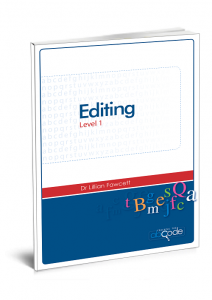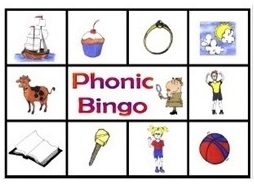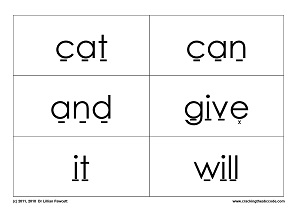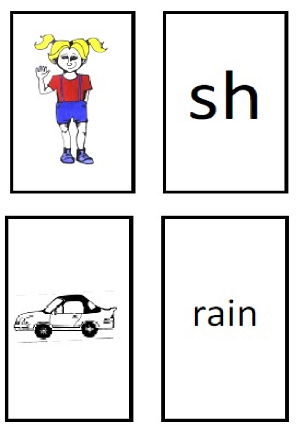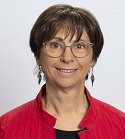Below is a sample of the Vocabulary Development section of the Multisensory Reading Program Level 2

Level 2A Sample

Level 2B Sample
On-going vocabulary development is a key component of becoming a competent reader.
- Ten words each containing the grapheme to be learned so the student is able to see the grapheme in context are taught each week.
- The words have also been syllabified to reinforce the strategy of breaking words into syllables to assist with decoding.
- The benefits of this skill are highlighted in Diliberto, Beattie, Flowers & Algozzine’s (2009) study.
Students are required to trace over the letters forming the grapheme being learned using a coloured marker.
- As they trace over the letters, students should also be saying the letters and sound (e.g., /t/ and /h/ make /th/).
- In this way students are using their sense of sight (as they colour code the graphemes), their sense of hearing (as they say the letters and sound) and their sense of touch (from the movement of the marker as they trace over the letters.
- Research shows that this type of multisensory learning aids in retention and recall (see for example, Krafnick, Flowers, Napoliello & Eden, 2011).
The goal is for the student to learn to read the ten words in 10 seconds (or less).
- Research shows that reading the words at this rate (i.e., 1 word per second) is an indicator that the words have been stored in long-term memory and that students will be able to return to these words and still read them accurately in several weeks time and more importantly they can read them in other contexts.
In the first session, help the student work out how to pronounce each word in the column.
- Give the student strategies for working out unknown words (e.g., Divide into syllables, look for digraphs, find root word, suffixes and prefixes, etc.).
- Discuss the meaning of each word as it is decoded. Keep this short and quick
Three times each day, time the student reading the list of 10 words and record the time in the boxes.
- Circle the best of the three times.
- Colour in the star when the student can read the list without help in 10 seconds or less.
It is important that errors are corrected when they occur.
- Help the student sound out the word (and this is included in the total time).
- Practise poorly read words between each time trial.
- For some students, it is beneficial to concentrate on 3 different words each time.
- If the student is finding a few words difficult to remember, spend time on just those words – circle the syllable or letter that is causing difficulty, draw a picture, put the word into a sentence, repeat the word several times, practise reading the word with the words on either side, etc.
Ensure students place two or three fingers of their writing hand under each word as it is being read.
It is strongly recommended that students learn to spell the words they are learning to read by working through the Multisensory Reading Level 2A Spelling program using the Cracking the ABC Code spelling technique.
References
Diliberto, J., Beattie, J., Flowers, C., & Algozzine, R. (2009). Effects of teaching syllable skills instruction on reading achievement in struggling middle school readers. Literacy Research and Instruction, 48,14-28.
Krafnick, A., Flowers, D., Napoliello, E & Eden, G. (2011). Gray matter volume changes following reading intervention in dyslexic children, Neuroimage, 57(3), 733-741.

Click on the book images to purchase.







